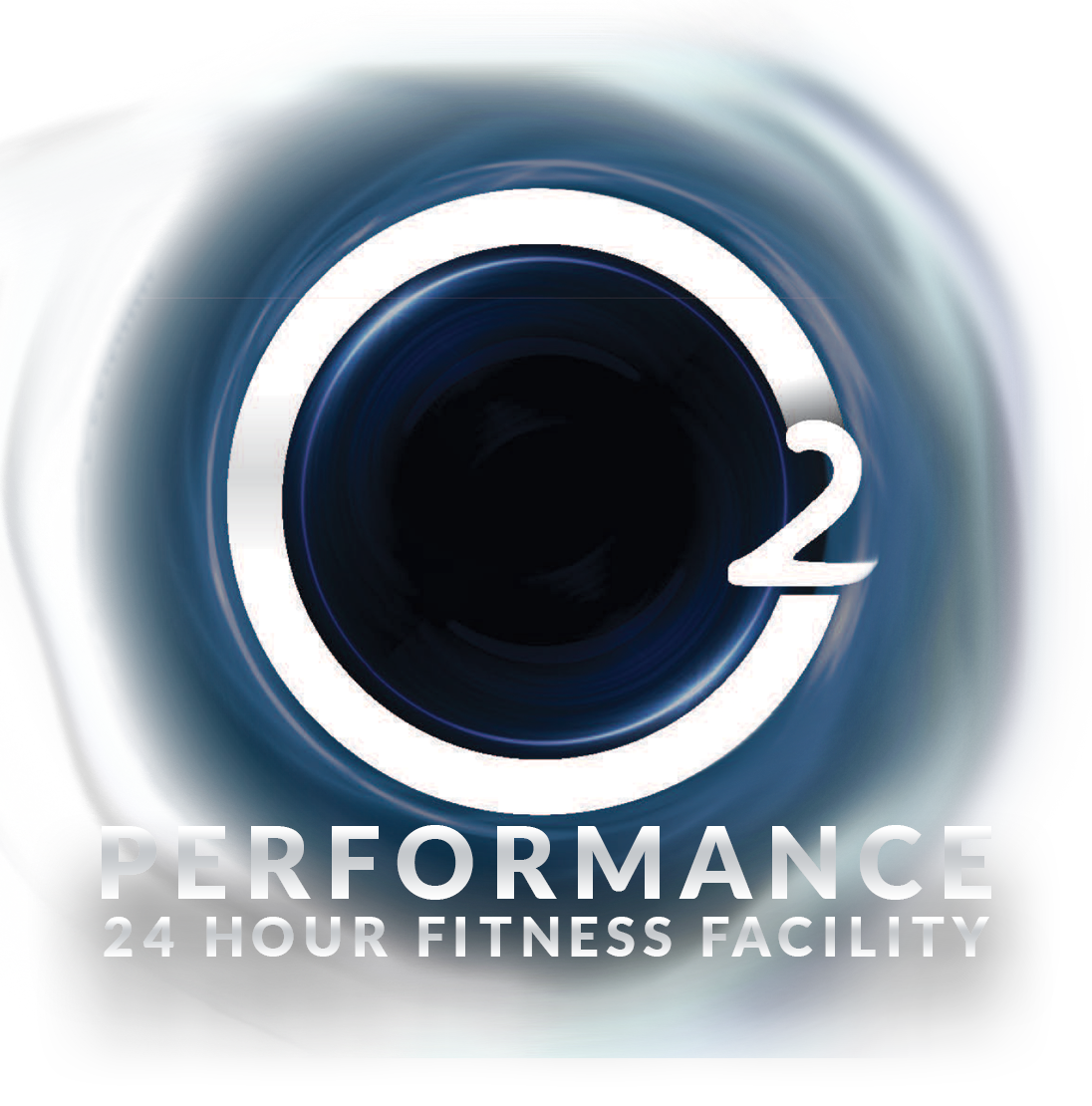Understanding Hybrid Training: Balancing Strength, Cardio, and HIIT
Hybrid training, a fitness regimen that integrates strength training, cardiovascular exercise (cardio), and high-intensity interval training (HIIT), has gained popularity for its comprehensive approach to overall fitness. This method leverages the strengths of each exercise type to create a well-rounded workout program. However, balancing these components requires careful planning and consideration of various factors to maximise benefits and minimise potential drawbacks.
Key Components of Hybrid Training
Strength Training
Definition: Strength training involves exercises that increase muscle power and endurance through resistance, typically using weights or body weight.
Benefits: Enhances muscle mass, bone density, and metabolic rate; improves overall physical strength and endurance.
Challenges: Requires proper technique to avoid injury; balancing muscle recovery with the demands of cardio and HIIT can be difficult.
Cardio
Definition: Cardiovascular exercise focuses on improving heart and lung function through activities that elevate the heart rate, such as running, cycling, and swimming.
Benefits: Boosts cardiovascular health, aids in weight management, and increases stamina.
Challenges: Can be time-consuming and may interfere with muscle recovery from strength training if not balanced correctly.
HIIT (High-Intensity Interval Training)
Definition: HIIT involves short bursts of intense exercise followed by brief rest periods, designed to maximize calorie burn and improve cardiovascular and muscular endurance.
Benefits: Efficient in terms of time, significantly improves aerobic and anaerobic fitness, and accelerates fat loss.
Challenges: Intense nature can lead to overtraining if not managed properly, especially when combined with other training forms.
Balancing the Components
Effective hybrid training requires a strategic balance of these components. Here are some key considerations:
Volume and Intensity: Adjusting the volume (amount of exercise) and intensity (effort level) of each component is crucial. For instance, a higher-intensity HIIT session may warrant a lighter-strength workout to prevent overtraining.
Recovery: Incorporating adequate rest and recovery days is essential to allow the body to repair and grow stronger, which can be challenging when mixing high-demand exercises like strength training and HIIT.
Goals: Individual fitness goals should dictate the emphasis placed on each component. For example, a person aiming for muscle gain might prioritize strength training, while someone focused on cardiovascular health might emphasise cardio.
Scheduling: Designing a workout schedule that alternates between different types of exercises can help balance the workload and prevent burnout. For instance, alternating days of strength training with cardio or HIIT sessions.
Tradeoffs and Challenges
Balancing hybrid training involves several tradeoffs:
Time Commitment: Combining different types of exercises can be time-consuming, which might not be feasible for everyone.
Risk of Overtraining: The high demands of integrating multiple training styles can lead to overtraining, resulting in fatigue, injury, or burnout.
Complexity in Programming: Designing an effective hybrid training program requires a good understanding of how different exercises impact the body, which can be complex for beginners.
Making Informed Decisions
To make informed decisions about hybrid training, consider the following:
Personal Fitness Level: Assess your current fitness level and experience with different types of exercise. Beginners may need to start with a more straightforward routine before integrating hybrid training.
Specific Goals: Clearly define your fitness goals to tailor your hybrid training approach accordingly.
Professional Guidance: Consulting with a fitness professional can help in designing a balanced and effective hybrid training program that suits your needs.
Conclusion
Hybrid training offers a dynamic and comprehensive approach to fitness, combining the benefits of strength training, cardio, and HIIT. While it provides a pathway to improved overall fitness, it requires careful planning and consideration of individual goals, recovery needs, and the potential risks of overtraining. By balancing the different elements thoughtfully, hybrid training can be an effective and rewarding fitness strategy.

